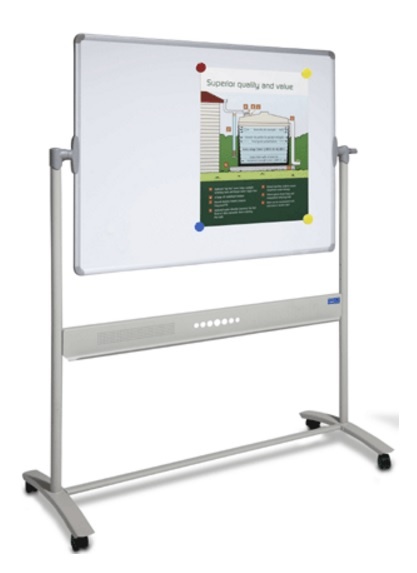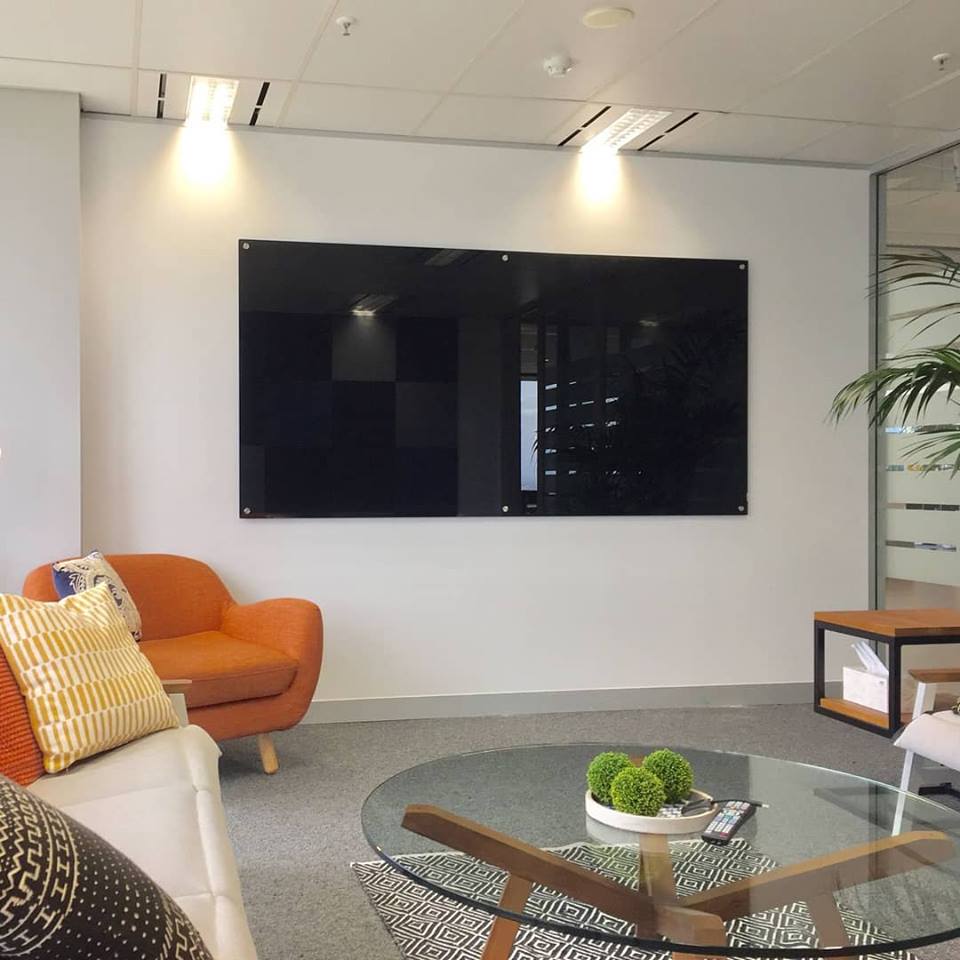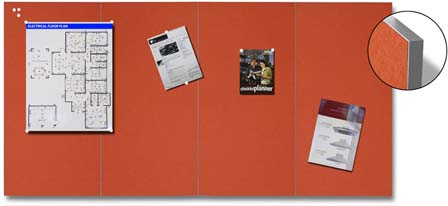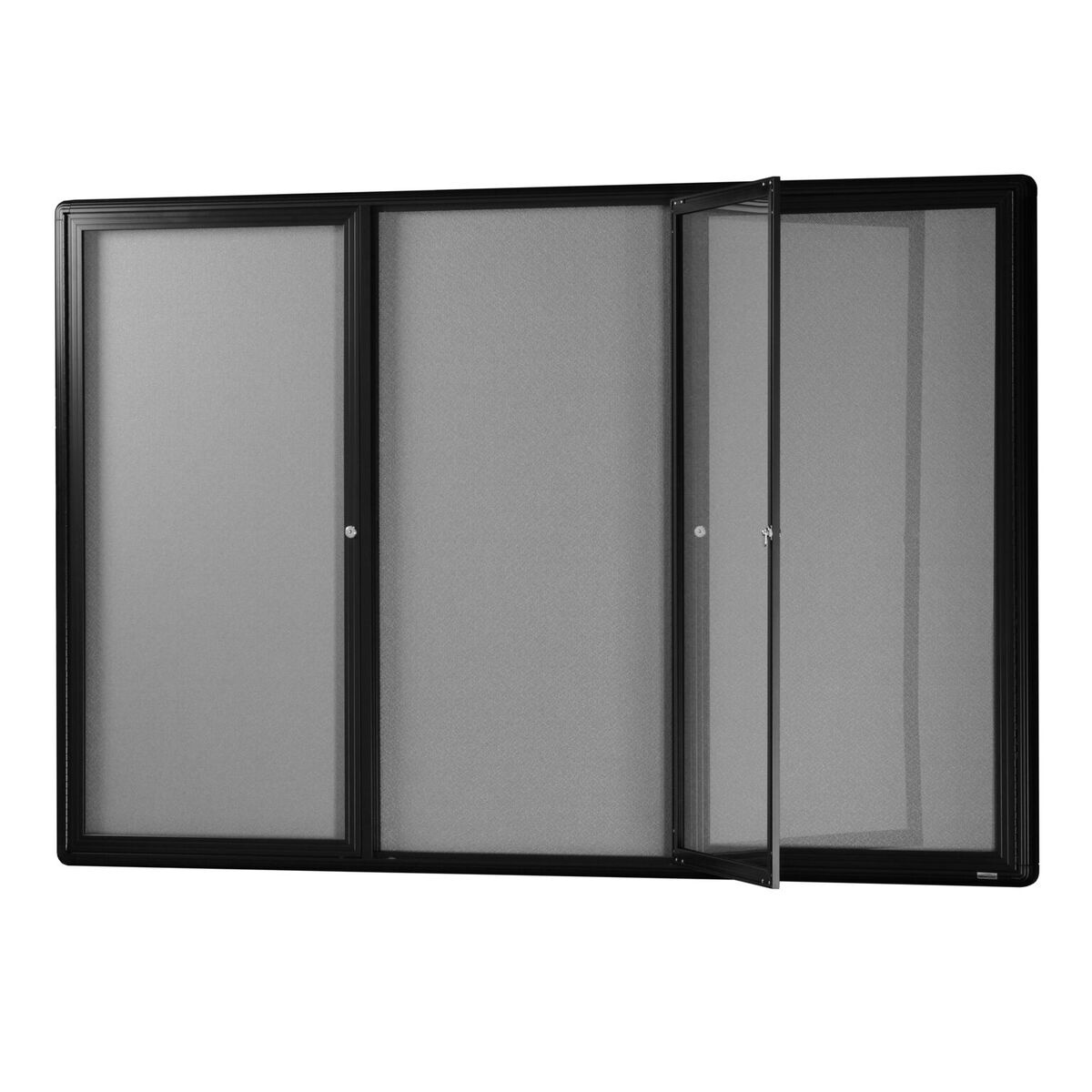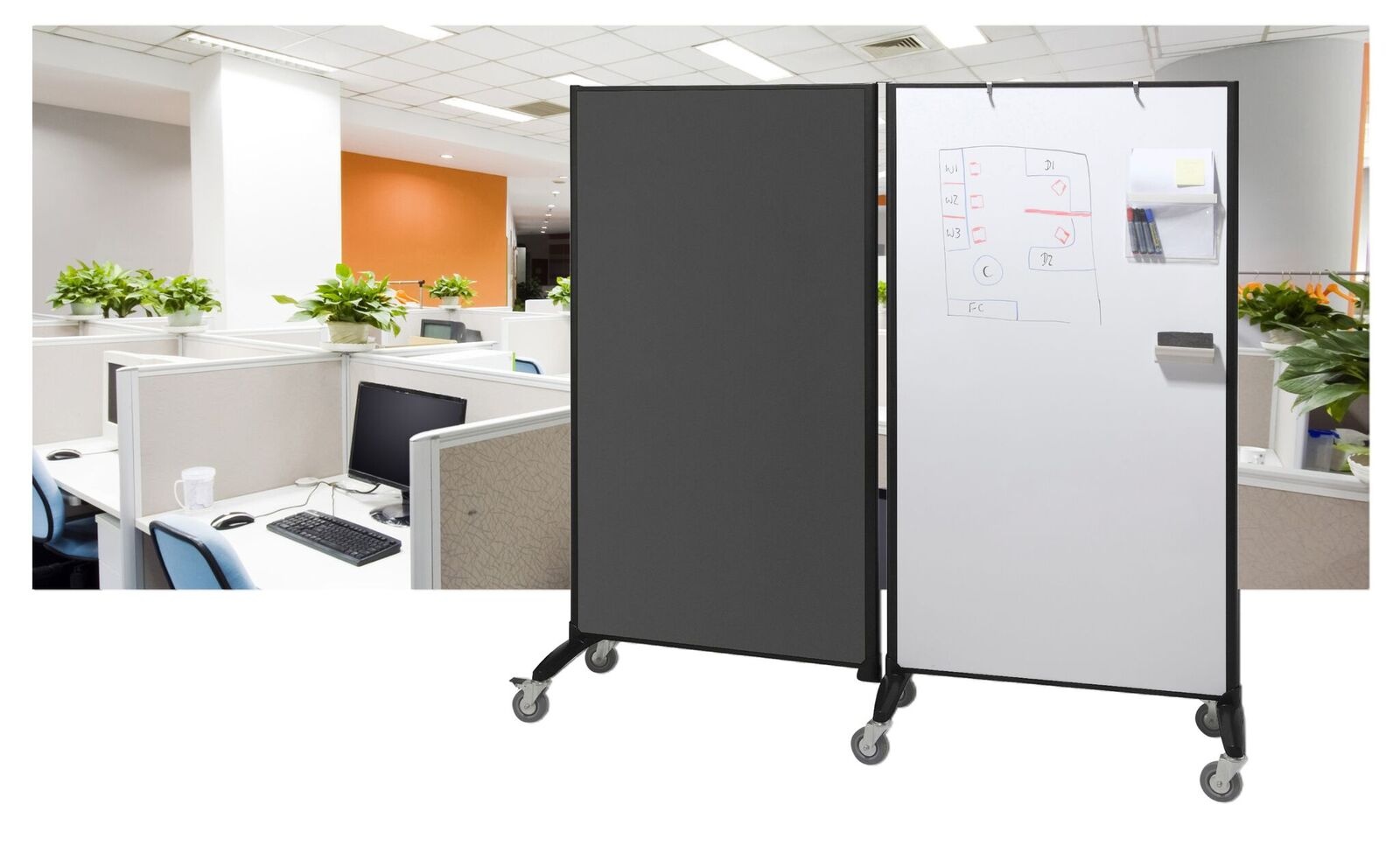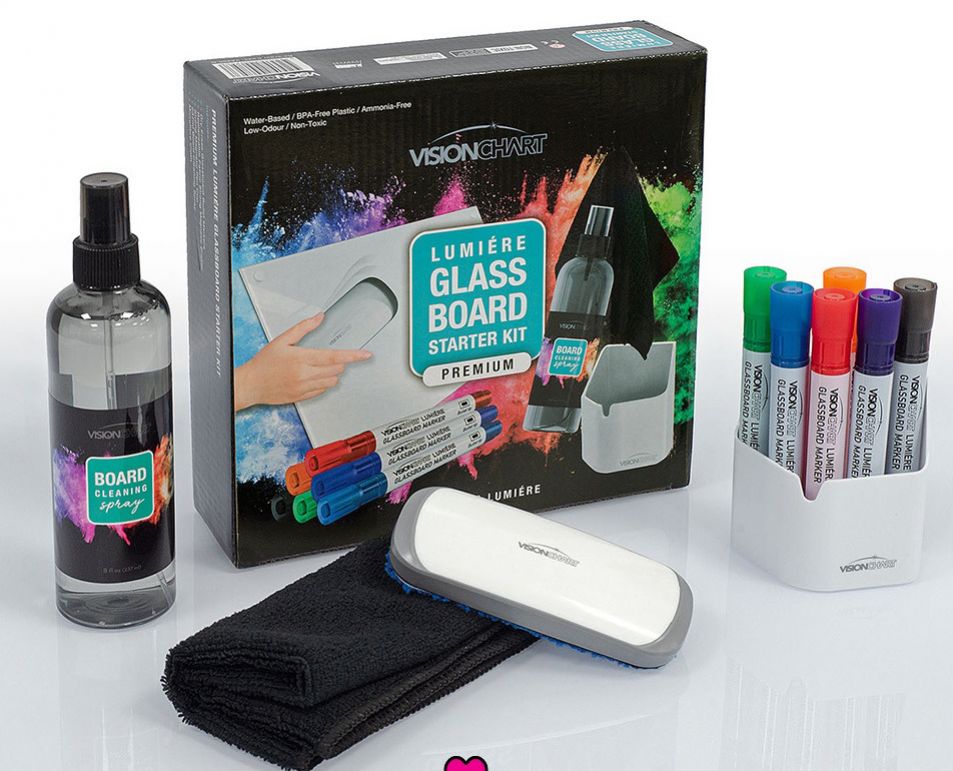Be More Productive With A Whiteboard Year Planner
I think we’re all guilty at times of pushing ourselves to work harder to be successful.
Right from the time we were kids, parents and teachers tried to instill in us a decent work ethic. We don’t want to let them down. We don’t want to be seen as lazy by them, by our family, by our colleagues, by our bosses, by anyone.
A lot of people struggling on the road to success confuse ‘working hard’ with ‘productivity’ – and use these words interchangeably.
Actually, working hard can end up being counter-productive – you can become stressed, overwhelmed, burned out. The key is to being super productive is to work SMARTER, not harder.
And a great way to help you work smarter is to get a whiteboard year planner from JustBoards, the premier Australian whiteboards supplier. Let me share with you 5 great tips to work smarter using a JustBoards whiteboard year planner.
1. Mess creates stress
To be productive, having a regularly updated schedule on your computer or mobile phone isn’t enough.
It’s also important to have a system in place that outlines the big picture – and there isn’t a better way to map out a system than on a whiteboard year planner.
Setting goals and then working out all the steps you need to take to reach those goals and writing them on the planner is a great way to be able to constantly monitor whether or not your schedule and your system are aligned.
If they aren’t aligned, life can quickly become messy, and mess creates stress.
2. Follow the Pareto Principle
This principle is also known as the 80/20 rule. 80% of results come from 20% of your input.
A lot of your time can be spent on less productive activities – like constantly keeping up with social media, binge watching your favourite TV drama or just general procrastination.
Also, we all face interruptions we have to deal with which compromise productivity. Successful people know how to deal with interruptions – and the best way is to proactively find ways to get back on track quickly, like using an interruption buffer.
Want to trim away activities that aren’t bringing you the results you want? Want to have a great interruption buffer?
Get a whiteboard year planner and create a timeline that targets valuable activities and provides a constant visual reminder of what’s important.
3. Make the most of mornings
Even if you’re not a ‘morning person’ and you get up a bit later than the ‘early birds’, mornings are still the optimal time for productivity.
Studies show that your energy and concentration levels are at their highest in the hours just after you’ve had a good night’s rest. So, one good idea is to check emails in the afternoon to protect the peak energy hours for the most important things.
But this doesn’t mean you have to leap out of bed and immediately put your nose to the grindstone. Sometimes it’s good just to book some ‘me time’ on your whiteboard year planner.
Focusing on yourself in the morning can energise you for whatever issues the rest of the day brings.
You could do some meditating, listen to audio books, do a regular work out or write diary entries. Because whiteboard year planners have small spaces to work with, use code letters – like ‘M’, ‘AB’, ‘WO’ and ‘DE’.
4. Stop waiting for perfect conditions
Some people believe that they need to wait for the ‘most opportune time’ or ‘optimum conditions’ before undertaking major projects or making strategic changes.
The problem with this philosophy Is perfectionism is the antithesis of productivity – if you wait for things to be perfect, you can end up not even trying.
Use your whiteboard year planner to make sure that your goals remain the centre of attention and that they get done, rather than just talked about.
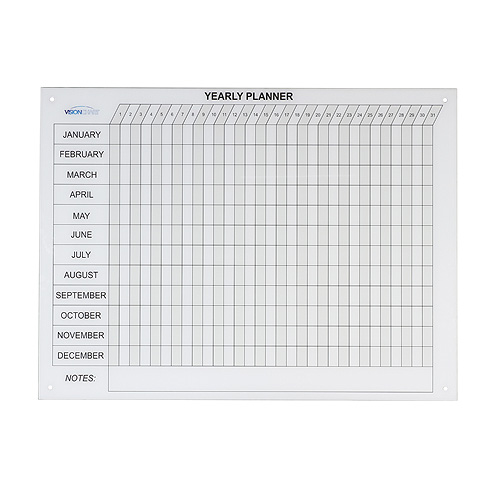 5. Avoid multi-tasking
5. Avoid multi-tasking
We often have to juggle multiple priorities simultaneously, so it seems obvious that focusing on several important tasks at the same time is a great way to save time.
While multi-taking may seem to be an admirable modus operandi, actually it’s been proven that multi-tasking has a negative effect. It reduces creativity and it’s harder to remember important details.
Perhaps more importantly, it causes a higher ratio of mistakes leading to diminished productivity.
Mapping out your major tasks on a whiteboard year planner is an effective way to juggle what you need to accomplish without having to resort to multi-tasking.
Why choose a JustBoards whiteboard?
JustBoards will help you find the best solutions. We offer Australia wide delivery to your door. Contact us today on 1800 654 917 or at info@justboards.com.au
